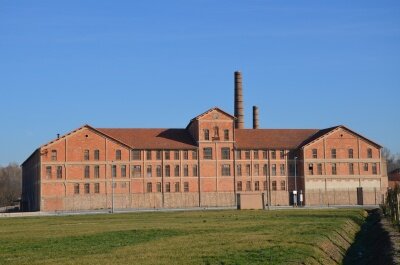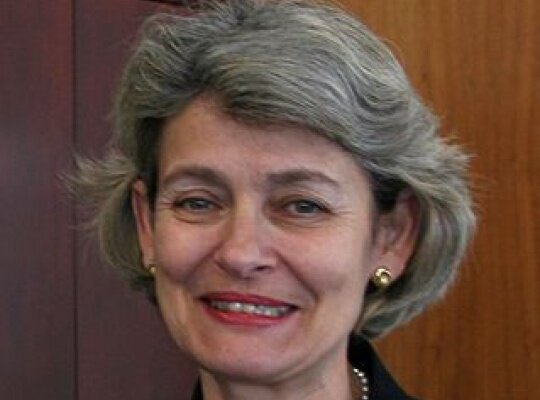UNESCO launches its new Chair "Education for Citizenship, Human Sciences and Shared Memories" at the Camp des Milles
UNESCO Director-General inaugurated the UNESCO Chair at the Camp des Milles, in Aix-en-Provence (France), entitled "Education for Citizenship, Human Sciences and Shared Memories"
October 14th, 2015Last week on October 8th, UNESCO launched its new chair entitled “Education for Citizenship, Human Sciences and Shared Memories” at the Camps des Milles, a former concentration camp during World War II, in the small French town of Aix-en-Provence. Irina Bokova, the UNESCO General Director since 2009, and the French President François Hollande attended the inaugural ceremony.
The UNESCO Chair program is an important cultural and educational initiative recently organized by the organization that also involves universities and other academic institutions. These institutions work in partnership with UNESCO in specific fields they are known to be competent in. According to the mission of the organization, this program aims to build the capacity of higher education and research institutions through the exchange of knowledge and skills.
As Ms. Bokova underlined, the principal aim of this chair is to transform the historical site of Camps des Milles as a medium for remembering history, and a way for UNESCO to continue increasing and strengthening its work on the Holocaust memorial. The commitment shown by UNESCO to this issue is testimony to the fight against all kinds of racism and antisemitism led by the organization itself.
Currently, the “Education for Citizenship, Human Sciences and Shared Memories” is the fourth chair specialized in teaching and doing research into the history of the Holocaust and in the conduct of studies for genocide prevention together with the Chairs of Krakow in Poland, of the Rutgers University of New Jersey and the University of Southern California in the United States.
There are two central reasons as to why UNESCO decided to build this chair at the historical site of the Camps des Milles concentration camp. The first one has already been explained above, and it is mostly related to the use of a Holocaust Memorial as a way to remember, but also as a way to fight against racism and antisemitism. The second one has instead a more complex and deeper meaning, mostly related to the mission followed by the organization, which is the prevention and promotion of culture.
Between 1939 and 1942, many famous artists such as the painters Max Ernst and Werner Laves, the orchestra director Adolf Siebert and the writers Friedrich Wolf and Golo Mann and many others from all artistic fields, continued with their activities creating a cultural and artistic community inside the camp.
Some of the works created during their years of imprisonment are still visible in the camp, making it not only a place to remember but also an artistic site as well.
References
http://www.unesco.org/new/en/media-services/single-view/news/lancement_de_la_chaire_unesco_education_a_la_citoyennete_sciences_de_lhomme_et_convergence_des_memoires_au_camp_des_milles_france/#.VhziWfntmkp
Cultural Diplomacy News, Berlin







